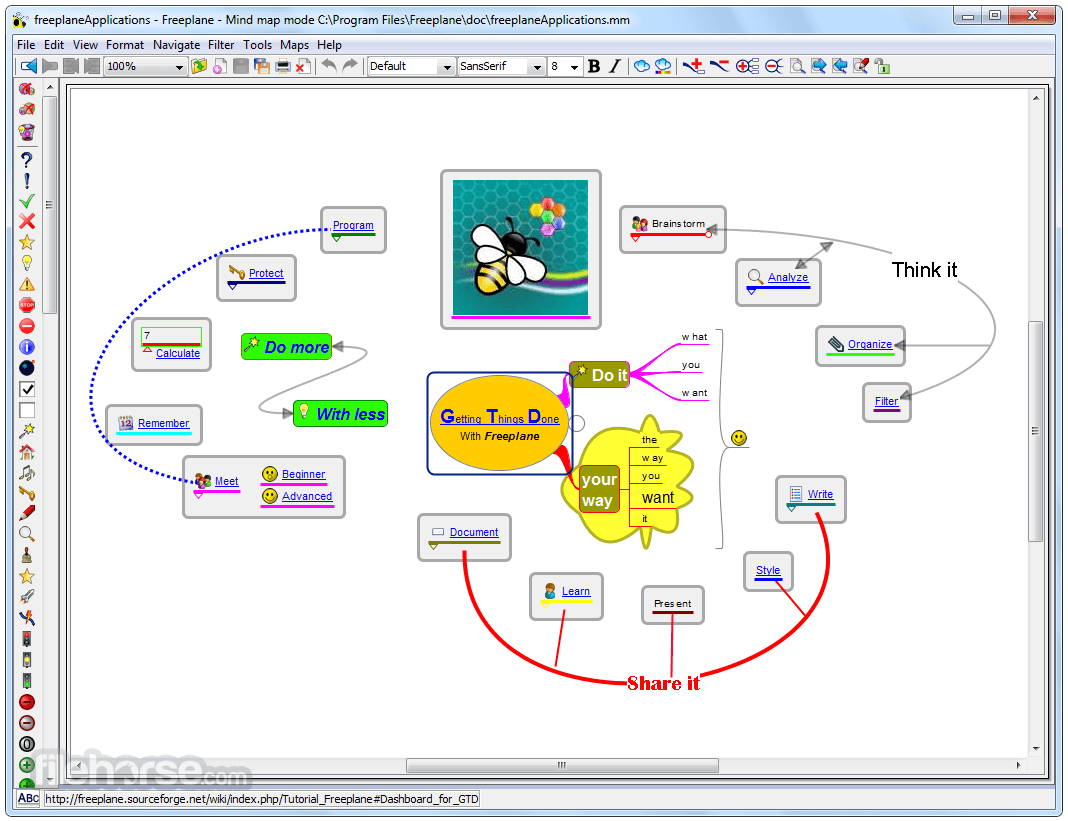
Applications/CSS_EPICS_3.1.6/CSS.app/Contents/MacOS/css # Start CSS, including user-specific environment settings Launched programs, you can start CSS from a script as the following: To create environment variables which are then visible within CSS and its externally In a terminal session, such settings are generally not available inside a Mac OS X application While a user may provide certain settings in a ~/.profile file for use Max OS X Based on information by Jan Ilavsky, APSĪ wrapper script for external applications is especially advantegeous on Mac OS X. Details of required environment variables or command-line flags are usr/local/xy/bin/xy -mode=2 -flag=false using such a wrapper script, BOY actions for example can use start_xy somethingĪs the external command. # Start 'xy' with optional additional parameters # CSS has been started, set all environment variables # Since we cannot know for sure under which environment # CSS 'BOY' actions could for example use this Script that establishes the required environment: To accomplish this, it is suggested to wrap the actual external command in a Ideally, such external commands can be executed regardless of the currentĮnvironment settings under which CSS is running. That are configured to react to a mouse click by starting an external command. Some CSS tools, however, may start external commands which in turnĮxamples include buttons on an operator interface panel (see Chapter 15, BOY Operator Display) Settings are based on the Eclipse preference system, To locate a suitable Java runtime, but once CSS is running, all its The Eclipse/CSS launcher may use the PATH environment variable bash_profile by either restarting the terminal window or using: source ~/.CSS, like Eclipse RCP and Java programs in general, does not use Use the export command to add new environment variables: export =ĥ. bash_profile file with a text editor of your choice.ģ. Permanent environment variables are added to the. : The value you want to add to an existing variable.įor example, if you want to add a custom folder path to the PATH variable, use: export PATH=/Users/test/test_folder:$PATH Set Permanent Environment Variable.: The name of the environment variable you want to add a new value to.

The export command also allows you to add new values to existing environment variables: export =:$


: The value you want to assign to the new variable.: The name for the new temporary environment variable you want to set.This is useful for variables you need to use for one session only or to avoid typing the same value multiple times.Īssign a temporary environment variable with the export command: export = The value you assign to a temporary environment variable only lasts until you close the terminal session. Note: Always use the $ prefix when specifying a variable name.


 0 kommentar(er)
0 kommentar(er)
